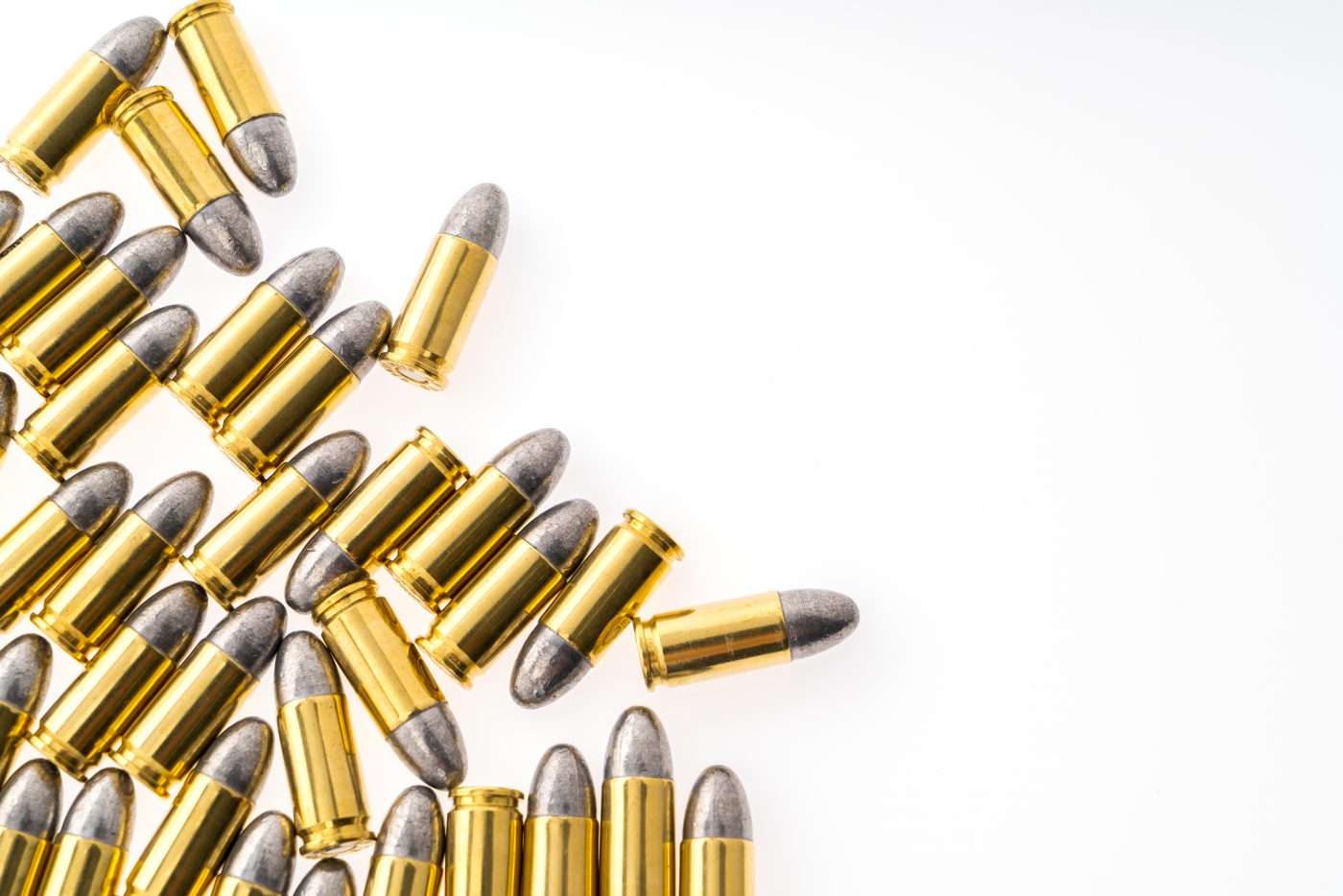Canada’s Commitments to Regulate Firearms
In September 2019, Canada acceded to the legally binding Arms Trade Treaty, the first international framework to comprehensively control the international trade and transfer of conventional weapons. This positive action protects human rights when Canada engages in the export of weapons systems.
Meanwhile, domestic firearm regulations remain inadequate, particularly in relation to the marking of firearms and record-keeping—both critical tools in tracking firearms and keeping them out of the wrong hands.
On May 1, 2020, the federal government outlawed more than 1,500 models of firearms. The ban was swiftly introduced after the April 2020 mass shooting in Nova Scotia, in which 22 people were killed and three injured. Many of the firearms targeted by the ban were “assault-style” weapons, some of which were used in the Nova Scotia tragedy.
In November 2020, Public Safety Canada deferred legislation requiring the marking of firearms for the third time since 2015, claiming that firearms marking would be ineffective in the absence of record-keeping provisions for non-restricted firearms. Such provisions were largely dropped following the passing in 2012 of Bill C-19, which eliminated the federal government’s long-gun registry.
Below are international frameworks that aim to control the import and domestic trafficking of firearms. Many, but not all provisions in the treaties—relating to the licensing of weapons exports and criminalizing the illicit production of firearms, for example—are already enshrined in Canadian laws and regulations.
Inter-American Convention Against the Illicit Manufacturing of and Trafficking in Firearms, Ammunition, Explosives, and Other Related Materials (CIFTA)
CIFTA obliges members of the Organization of American States (OAS/OEA) to regulate the illicit manufacturing and trafficking of firearms. CIFTA was adopted in 1997 and entered into force the following year. Ratifying states must incorporate into domestic law a series of provisions, including to:
- “mark firearms to allow them to be traced and for their origin, import, and custody to be identified”
- “criminalize the illicit manufacture of and trafficking in firearms”
- “correctly manage confiscated and seized firearms”
- “ensure that export, import, and transit license regimes are in place”
- “strengthen controls at points of export” and
- “establish other security measures, including stockpile management and security.”
The Government of Canada has signed but not ratified the Convention.
Protocol against the Illicit Manufacturing of and Trafficking in Firearms, Their Parts and Components and Ammunition (Firearms Protocol)
The Firearms Protocol is an addition to the November 2000 UN Convention Against Transnational Organized Crime (UN CTOC). The Protocol, which entered into force in July 2005, is specifically aimed at organized crime.According to the UN Office on Drugs and Crime, the general provisions of the Protocol obligate State Parties to:
- establish as a “criminal offence the illicit manufacturing of and trafficking in firearms in line with the Protocol’s requirements and definitions”
- adopt “effective control and security measures, including the disposal of firearms, in order to prevent their theft and diversion into the illicit circuit”
- establish “a system of government authorizations or licensing intending to ensure legitimate manufacturing of, and trafficking in, firearms” and
- ensure “adequate marking, recording and tracing of firearms and effective international cooperation for this purpose.”
The Government of Canada has signed and ratified the UN CTOC, and has signed but not ratified the Firearms Protocol.
UN Programme of Action to Prevent, Combat and Eradicate the Illicit Trade in Small Arms and Light Weapons in All Its Aspects (UN PoA)
The UN PoA is a globally agreed framework adopted in 2001 by all UN member states, including Canada. The result of a General Assembly resolution, it does not require the signature and ratification of individual member states.According to the UN Office for Disarmament Affairs (UNODA), under the PoA, member states agreed to take measures to:
- “improve national small arms import and export controls”
- “strengthen stockpile management”
- “ensure that weapons are properly and reliably marked”
- “improve cooperation in weapons tracing” and
- “engage in regional and international cooperation and assistance.”
According to Canada’s 2020 National Report on the implementation of the Programme of Action on small arms and light weapons (PoA) and the International Tracing Instrument (ITI), Canada has not yet implemented measures that ensure that:
- all weapons (not only those used by police and the armed forces) are properly and reliably marked at the time of manufacture
- small arms and light weapons (SALW or firearms) imported into Canada are marked at the time of import
- records are kept on all marked SALW in Canada.
The UN International Tracing Instrument (ITI) is used to implement the PoA. Agreed on by the UN General Assembly in 2005, the ITI is intended to “enable States to identify and trace, in a timely and reliable manner, illicit small arms and light weapons.”


